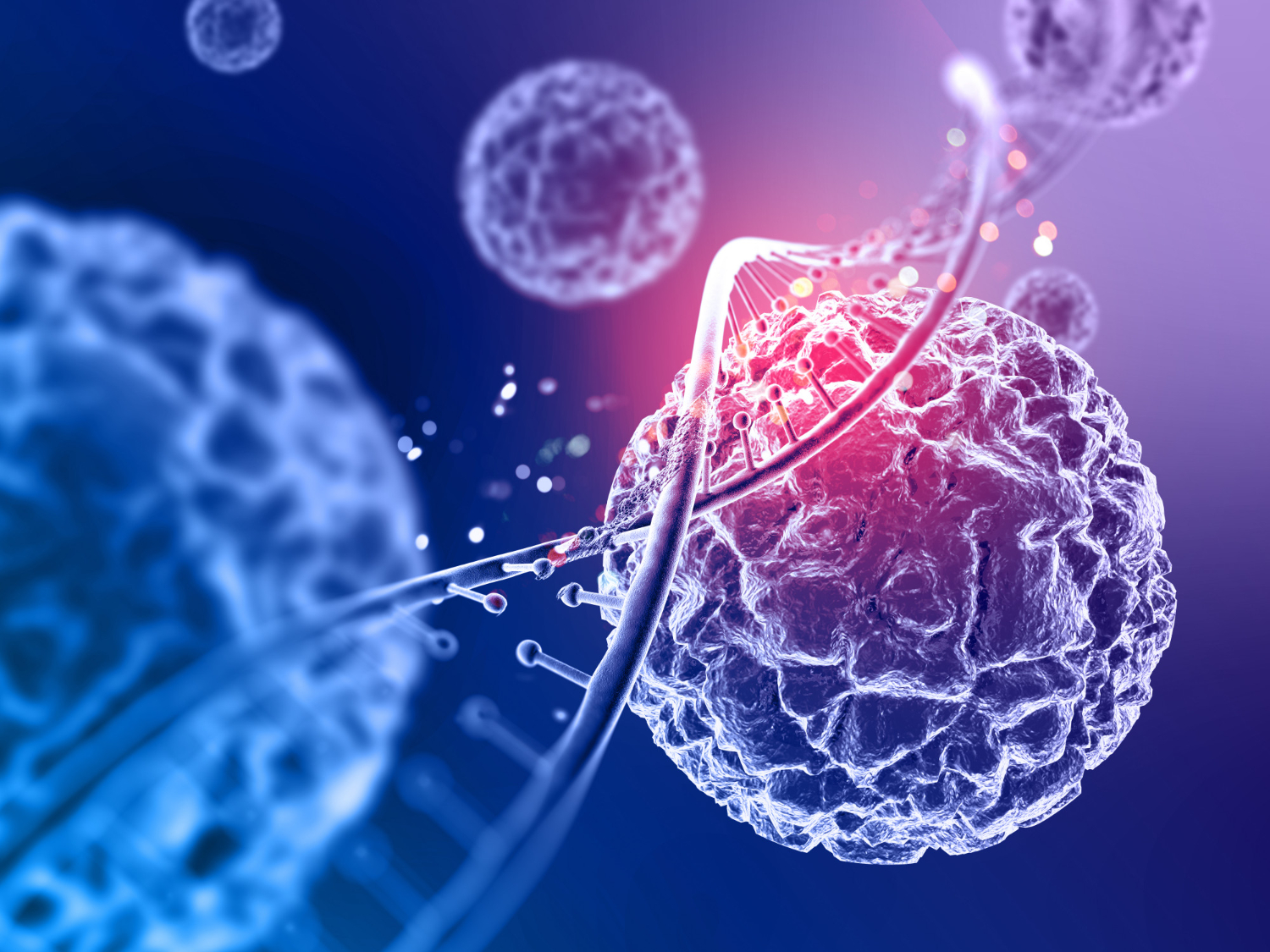According to the World Cancer Report 2024 from the World Health Organisation (WHO), around a third of cancer deaths are attributable to five preventable risk factors: tobacco, certain infections, alcohol consumption, physical inactivity and poor diet.
Tobacco is the main risk factor, accounting for over 90% of cases of lung cancer and contributing significantly to the development of other cancers, such as those of the head and neck, bladder, kidney, oesophagus, pancreas, stomach, colon and rectum. The use of e-cigarettes and vapes, particularly among young people, is also a cause for concern.
As for alcohol, there is no safe level of consumption, as even moderate amounts increase the risk of cancer. Moreover, smoking and alcohol consumption have a synergistic effect, increasing the risk of certain tumours by up to 30 times.
Obesity is linked to at least nine types of cancer, including breast, endometrial, colon, kidney, gallbladder, pancreatic and other cancers.
Infectious agents also play a role in the development of cancer, with ten of them classified as carcinogens by the International Agency for Research on Cancer (IARC). These agents are particularly important in developing countries, where they can cause 25% of tumours. The human papillomavirus is responsible for the majority of tumours, followed by Helicobacter pylori, the hepatitis C virus and the Epstein-Barr virus.
Physical exercise plays a key role in cancer prevention, treatment and survival. Despite the proven benefits of exercise, many cancer patients do not maintain an adequate level of physical activity, partly due to a lack of information from healthcare professionals and personal and logistical barriers. It is essential to promote the importance of physical exercise as an integral part of a healthy lifestyle and cancer management.
The most frequently diagnosed cancers worldwide are breast, lung, colorectal, prostate and stomach, all of which account for more than one million cases. That’s why today we’re taking a closer look at breast cancer and the risk factors for colorectal cancer.
Breast cancer is one of the most common forms of cancer in women, but it can also affect men. There are essentially three types:
- Hormone-dependent breast cancer (ER+).
- the HER2-positive type
- the triple-negative type
Breast cancers are classified according to the biomarkers (proteins present on the surface of tumour cells) for which treatments are available. There are currently 3 main biomarkers used to characterise a breast tumour:
- Receptors for female sex hormones: oestrogen and progesterone,
- HER2: a growth factor receptor involved in cell proliferation.
Triple-negative breast cancers, as their name suggests, have none of these three biomarkers (oestrogen receptors, progesterone receptors and HER2).
Recently, there has also been talk of low HER2 breast cancers, i.e. those with low expression of the HER2 biomarker. This is not a new subtype of breast cancer as such, but rather a subdivision, as some hormone-dependent and triple-negative cancers have low levels of HER2.
Hormone-dependent breast cancer is the most common breast cancer, accounting for 70% of cases. HER2-positive and triple-negative breast cancers each account for 15% of cases.
The median age at which breast cancer develops is 63 years for all subtypes. Triple-negative breast cancer affects younger women on average, at around 53 years of age.
Certain genetic mutations, inherited from parents, increase the risk of developing breast cancer at an early age (< 50 years). The best-known mutations are those affecting the BRCA gene: BRCA1 and BRCA2.
There are treatments common to all three subtypes of breast cancer, as their effectiveness does not depend entirely on the presence or absence of biomarkers. These are essentially surgery, chemotherapy and radiotherapy.
There are also more specific treatments based on the presence of the three biomarkers mentioned above.
- Hormone-dependent breast cancers are treated with hormone therapies that block the action of hormones. These include tamoxifen (Nolvadex, Tamofen), fulvestrant (Faslodex), letrozole (Femara), anastrozole (Arimidex) and exemestane (Aromasine).
- HER2-positive breast cancers are treated with targeted therapies that block HER2, such as trastuzumab (Herceptin), pertuzumab (Perjeta) or trastuzumab emtansine (Kadcyla).
- On the other hand, there is no targeted therapy for triple-negative breast cancer, as no surface biomarkers have yet been identified that can be used as targets for treatment. However, this cancer may be sensitive to immunotherapy, a treatment designed to stimulate our immune defences to eliminate tumour cells on their own.
Triple-negative breast cancers have an increased risk of metastatic recurrence in the years following diagnosis.
In the case of hormone-dependent breast cancer, the risk remains significant even 15 years after diagnosis. To reduce this risk, women with this subtype of cancer are prescribed hormone therapy for 5 to 10 years.
It is important to understand that the risk of recurrence does not depend solely on the biomarkers present on the surface of the tumour. Other factors come into play: the patient’s age, tumour size, lymph node involvement, grade, Ki-67, etc.
Risk factors associated with colorectal cancer (CRC) :
1 Environmental factors: the vast majority of CRC cases are sporadic and generally affect people at average risk, i.e. men and women aged over 50 with no personal or family history of the disease. The main environmental factors associated with CRC are advanced age, high body mass index, diabetes mellitus, a sedentary lifestyle and diet.
In terms of diet, a high intake of total fat, cholesterol and meat, as well as a diet low in calcium and folic acid, have been associated with an increased risk of developing CRC. On the other hand, a diet rich in fibre, fruit, vegetables and legumes appears to have a protective effect against CRC.
Smoking and alcohol consumption are well-established risk factors for CRC. A 57% to 71% increased risk of CRC has been observed in regular smokers (> 1 pack per day over a prolonged period), as well as an increased risk of adenoma and recurrence of adenoma after polypectomy in these individuals.
2 Genetic predisposition to CRC: A small percentage (<5%) of CRC cases develop in the context of hereditary forms with a well-established genetic cause, while an even smaller proportion (<1%) are associated with tumours complicating chronic inflammatory bowel disease.
Approximately 25-30% of CRC patients have a family history of the disease but do not meet the diagnostic criteria for hereditary forms, known as familial CRC.
Inherited forms of CRC include Lynch syndrome (LS) and polyposis syndromes with an increased risk of CRC. Lynch syndrome, for example, is an autosomal dominant inherited disease characterised by mutations in certain DNA repair genes and is the most common inherited cause of CRC and endometrial cancer.
Other inherited forms of CRC include familial adenomatous polyposis (FAP), serrated polyposis syndrome (SPS) and other entities such as juvenile hamartomatous polyposis, Peutz Jeghers syndrome (STK11) or Cowden syndrome (PTEN), although their incidence and risk are lower than those of the above forms.
3 Familial CRC: people with a family history of CRC have an increased risk of developing the disease, probably due to common environmental and genetic risk factors. Familial CRC occurs when there is an aggregation of cases in the family and specific hereditary forms such as SL or polyposis syndromes have been excluded. The risk of CRC in relatives of CRC patients is influenced by factors such as the degree of kinship, the number of affected relatives and the age of the index patient at diagnosis. The relative risk of CRC was found to decrease with increasing age of the affected parent at diagnosis.



